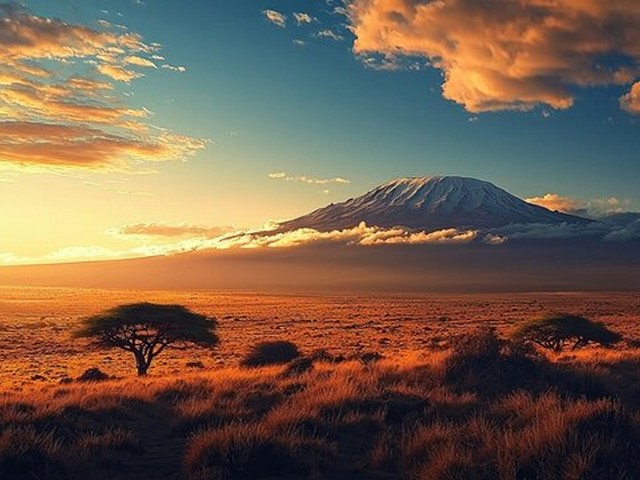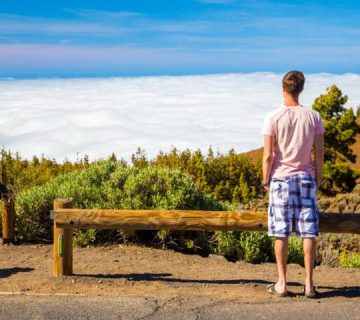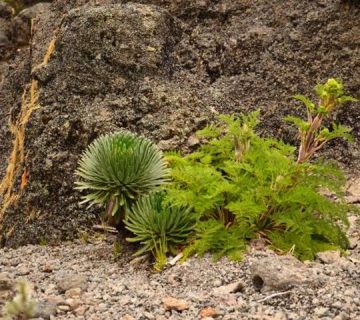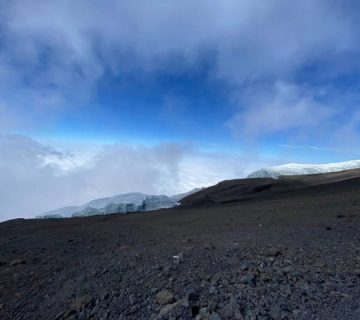Kilimanjaro Trekking Shoes And Boots Guide: Step Up Your Hiking Game
Introduction: Why Choosing the Right Footwear is Essential for Climbing Kilimanjaro
Embarking on a journey to conquer Mount Kilimanjaro, the roof of Africa, is an exhilarating adventure that beckons trekkers from around the globe. It’s a trek that challenges both body and spirit, winding through lush rainforests, alpine deserts, and icy paths to reach the summit. However, the key to a successful and enjoyable climb lies in the details, particularly in choosing the right footwear. In this detailed guide, we at the Kilimanjaro Centre for Trekking and Ecotourism (KCTE) will walk you through selecting the perfect trekking shoes and boots, ensuring your journey is as memorable and comfortable as possible.
1. Understanding the Terrain of Mount Kilimanjaro
Before diving into the specifics of footwear, it’s crucial to comprehend the varied terrains you will encounter. Mount Kilimanjaro presents a unique mix of trails, each with its challenges:
- Rainforest Paths: Soft, muddy, and sometimes slippery.
- Heath and Moorland: Rocky, with loose gravel.
- Alpine Desert: Sandy and dusty with temperature extremes.
- Arctic Summit: Icy, snowy, and at times, steep.
Each zone requires shoes that offer support, protection, and adaptability to the changing conditions underfoot.
2. Characteristics of Ideal Kilimanjaro Trekking Shoes and Boots
Durability and Comfort
Your trekking boots should be robust enough to withstand the rigors of Kilimanjaro’s diverse landscapes but comfortable enough not to cause blisters or discomfort as you ascend.
Water Resistance and Breathability
Opt for materials that keep moisture out while allowing your feet to breathe, crucial in managing varying temperatures and conditions.
Traction and Grip
Look for soles designed with deep lugs for superior traction to handle the slippery rainforest floor and icy summit alike.
Ankle Support
High-top boots are preferable for the ankle support they provide, crucial for preventing injuries on uneven and rocky terrain.
3. Top Footwear Choices for Kilimanjaro Trekkers
Best Boots for the Climb
- Leather Hiking Boots: Ideal for durability and water resistance. They mold to your feet over time, providing a custom fit.
- Synthetic Hiking Boots: Lighter than leather, they break in faster and perform well in varied weather conditions.
Recommended Brands and Models
- Salomon Quest 4D 3 GTX: Offers excellent stability, with the comfort of a running shoe.
- La Sportiva Trango Tech Leather GTX: Lightweight and technically proficient for mixed terrains.
- Merrell Moab 2 Mid WP: Known for affordability and reliability, with good ankle support.
4. Tips for Breaking in Your Kilimanjaro Trekking Boots
- Start Early: Begin breaking in your boots weeks before your climb to ensure they conform to your feet.
- Mix Walking Surfaces: Use varied surfaces to walk on during your break-in period; mimic the trails of Kilimanjaro as much as possible.
- Use Quality Socks: Pair your boots with the socks you plan to wear during the climb to avoid any surprises in fit and comfort.
5. Caring for Your Trekking Shoes and Boots Post-Climb
- Cleaning: Remove dirt and mud after each trek to prolong the life of your boots.
- Drying: Let them dry naturally away from direct heat to prevent material damage.
- Leather Conditioning: Apply a conditioner to leather boots to keep the material supple.
6. Why Choose KCTE for Your Kilimanjaro Adventure?
At the Kilimanjaro Centre for Trekking and Ecotourism, we not only equip you with the knowledge to choose the right gear but also guide you through every step of your Kilimanjaro journey. Our experienced guides ensure that your trek is safe, enjoyable, and deeply fulfilling. By choosing KCTE, you’re not just signing up for a trek; you’re embarking on a lifetime adventure with expert companions who value sustainability and the beauty of Tanzanian landscapes.
Call to Action: Gear Up for the Summit with KCTE
Ready to lace up your boots and set off on an adventure of a lifetime? Contact us at the Kilimanjaro Centre for Trekking and Ecotourism to book your climb. With the right footwear and the best guides by your side, the summit of Kilimanjaro isn’t just a destination; it’s the journey of your dreams.
FAQs
What is the best time of year to climb Mount Kilimanjaro?
The best times are during the dry seasons: January to mid-March and June to October.
How long does it take to climb Kilimanjaro?
Most routes take about 5 to 8 days, depending on the chosen path and pace.
Is special training required for climbing Kilimanjaro?
While specific mountain training is beneficial, general physical fitness is most important. Cardio, strength training, and hiking preparation are recommended.
Can I rent trekking boots from KCTE?
Yes, KCTE offers rental options for high-quality trekking boots. However, we strongly recommend using your own boots that have been properly broken in.
Are there any age restrictions for climbing Kilimanjaro?
Kilimanjaro is accessible to various age groups, but we recommend that climbers be at least 10 years old due to the physical and mental demands of the trek.
Embark on your Kilimanjaro journey with confidence and the right gear, knowing that Kilimanjaro Centre for Trekking and Ecotourism (KCTE) is here to guide you up every step of the way. See you at the summit!




